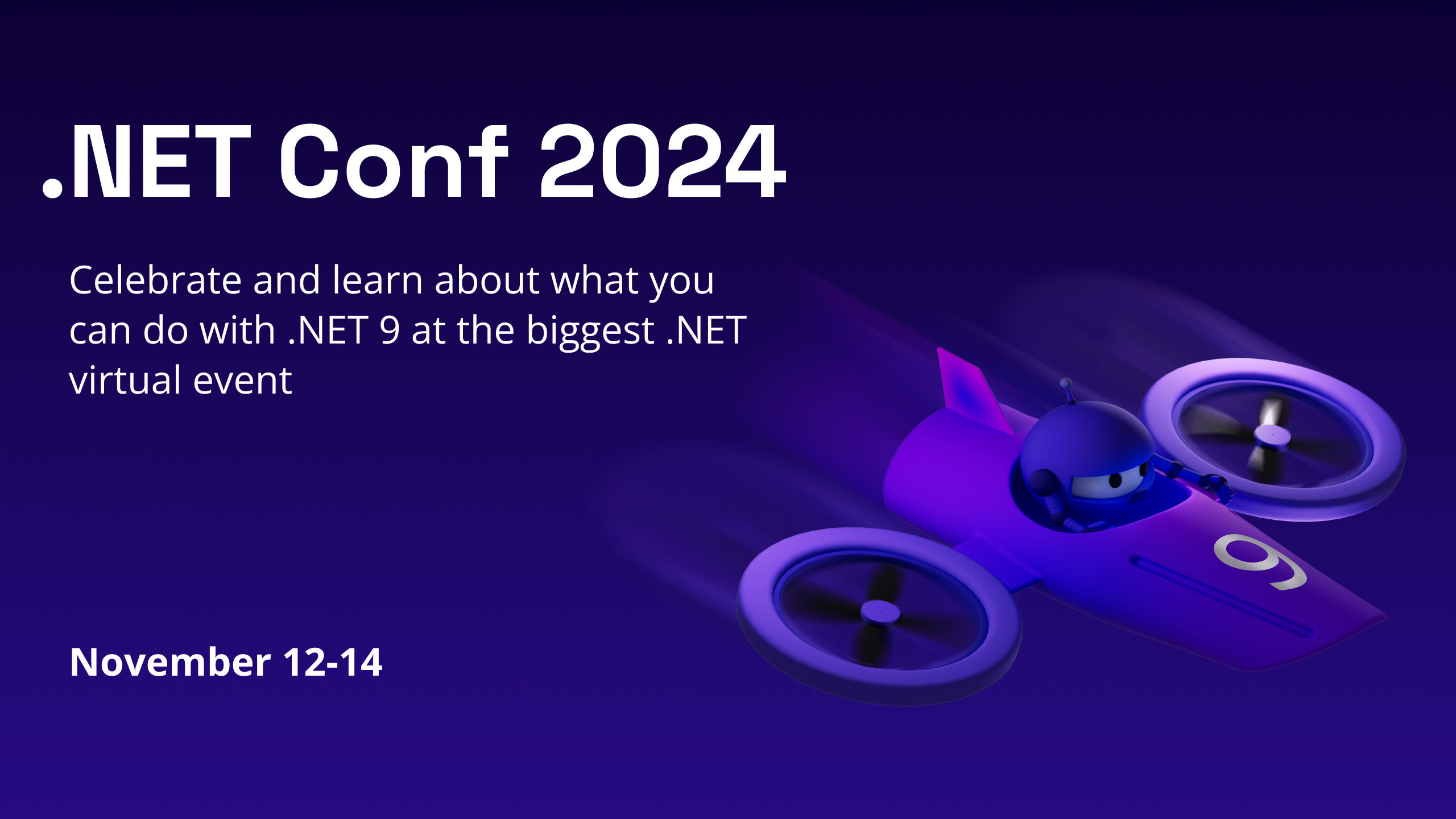Optimizing Kafka Tracing with OpenTelemetry: Boost Visibility & Performance
Created: - 6 minutes read - 1275 words
Ideally, you should be using distributed tracing to trace requests through your system, but Kafka decouples producers and consumers, which means there are no direct transactions to trace between them. Kafka also uses asynchronous processes, which have implicit, not explicit, dependencies. That makes it challenging to understand how your microservices are working together.
However, it is possible to monitor your Kafka clusters with distributed tracing and OpenTelemetry. You can then analyze and visualize your traces in an open-source distributed tracing tool like Jaeger or a full observability platform like New Relic. In this post, I will leverage a simple application to show how you can achieve this.




